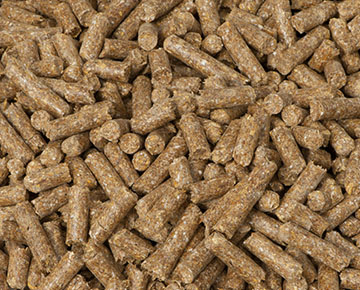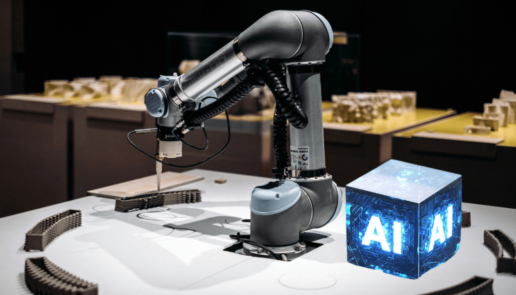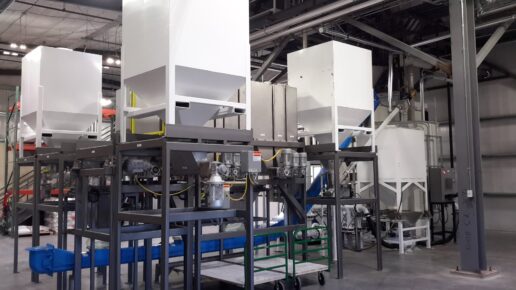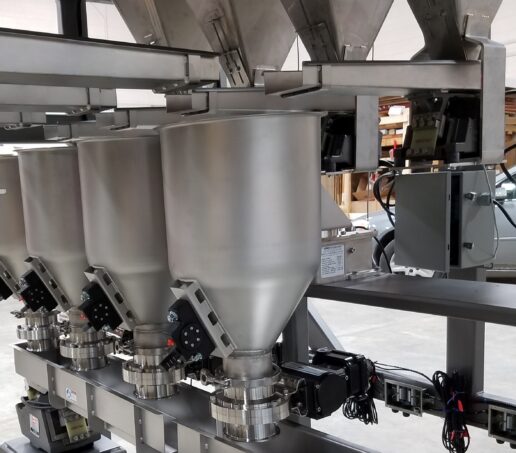Blog

From Manual to Mastery: What is a Hand Prompt Batching Station?
The Hand Prompt Batching Station offers a transition from manual to semi-automatic ingredient batching, enhancing accuracy and reducing errors. By combining operator guidance with automation, it ensures precise measurements and compliance, making it an ideal, cost-effective solution for small to medium-sized manufacturers.

Enhancing Animal Health: Controlling the Pelleting Process
Explore the crucial role of the pelleting process in animal nutrition and health. This blog highlights key factors like pellet durability, hardness, size, and moisture control that affect the quality of pet food and animal feeds. Learn how optimizing these elements enhances feed efficiency and supports animal well-being, offering valuable insights for producers dedicated to delivering high-quality nutrition.

Cybersecurity: Importance in Process Manufacturing and Process Automation
The blog underscores the vital role of cybersecurity in process manufacturing, as digital integration in sectors like food processing and grain handling increases vulnerability to cyber threats. It discusses risks such as ransomware and phishing, which can disrupt operations and damage safety and reputation. Key strategies for enhancing security include risk assessments, employee training, and incident response planning. The post emphasizes that robust cybersecurity is essential for business continuity and safeguarding consumer trust.

What is Industry 4.0: What It Means for Growing Process Manufacturers
Industry 4.0, known as the fourth industrial revolution, represents a shift towards integrating advanced technologies like AI, automation, and the Industrial Internet of Things (IIoT) into manufacturing. For process manufacturers in sectors such as food, pet food, chemicals, and pharmaceuticals, embracing these innovations can enhance efficiency, product quality, and sustainability. While challenges like upfront investment and adapting the workforce exist, the benefits of Industry 4.0—such as real-time monitoring, automation, and data-driven decision-making—are crucial for staying competitive and meeting evolving market demands.

Integrating Liquid Handling Systems into Automated Processes
Explore the integration of liquid handling systems in automated industrial processes, enhancing accuracy and efficiency while reducing waste in sectors like food, pharmaceuticals, and chemicals. Learn about key components such as pumps, valves, and control software that optimize liquid handling.

The Future of Process Controls and Automation: Embracing the Next Wave of Innovation
This blog post is a forward-looking analysis of how innovation in process controls and automation will shape the future of manufacturing, offering insights on both the opportunities and hurdles in the path of technological advancement.

The Essential Role of Controls and Automation in Process Manufacturing
Process manufacturing industries face the challenge of balancing efficiency, quality, and safety, which is where industrial automation and controls play a vital role. These systems optimize operations, reduce human error, and ensure consistency and safety by monitoring processes in real-time, offering flexibility and adaptability to meet changing demands. By integrating advanced technologies like IIoT, AI, and machine learning, automation systems also enhance resource management, productivity, and data-driven decision-making, helping manufacturers achieve excellence while staying competitive.

Streamlining Micro Ingredient Batching with Advanced Solutions
This blog post will explore advanced techniques in micro ingredient systems and review the benefits of using these innovative systems in various applications.

Boosting Gut Health: How Automated Batching Systems Support Optimal Nutrition
This post explores how automated batching systems contribute to maintaining a healthy gut biome and highlights the key features of an effective batching system.